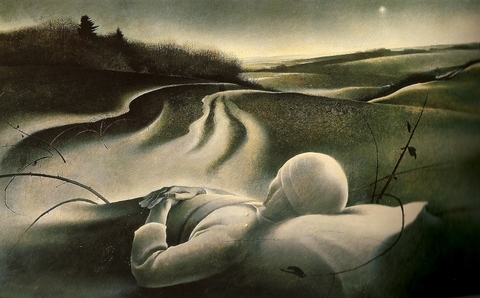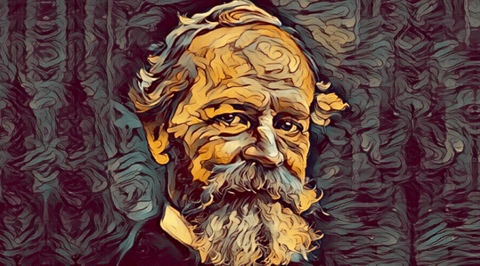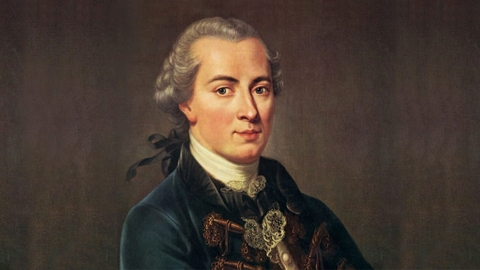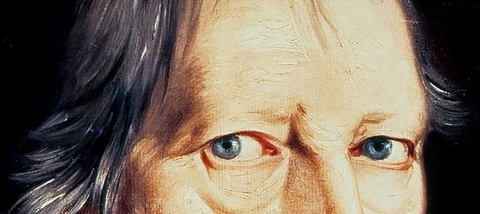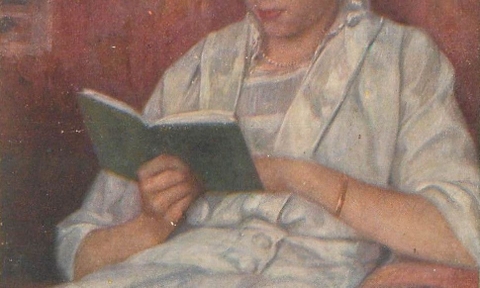The Scarlet Letter is a masterpiece of 19th century American literature. The author is Nathaniel Hawthorne (1804-1864), a customs officer in the state of Massachusetts. The setting of the above novel is also located in the state of Massachusetts. Plymouth Harbor, in the 17th century, many times welcomed the British Puritans who crossed the sea in search of freedom of religion, today still retains the old scenery to attract visitors. The story is simple but also dramatic: Hester Prynne, married in England, came to America to settle down. Karma is nowhere to be seen, "debt": Hester fell in love with the young pastor Arthur Dimmelsdale and became pregnant. This is a serious sin in the Puritan community. The guilty can be executed by hanging. The state governor offered Hester leniency if she would give the name of the "author" of the child in her womb. But Hester adamantly refused. The court ordered her to wear a red A on her chest for the rest of her life. "A" means "adultery". The suffering and regretful Arthur also silently carved a similar letter A on his body. Hester's husband later also crossed the sea from England and when he learned that his wife betrayed him, he used a fake name to settle in the same town as Hester and Arthur to "search" for the culprit who gave him horns and avenge. really worthy.

This work has just been adapted into a movie (with the same name as the work) with two stars Demi Moore and Gary Oldman. Demi Moore is so beautiful in the role of a woman who is determined to fight for love that the audience forgets that if author Nathaniel Hawthorne was allowed to come back to life to see this film, he would surely cry and die. Monday. In the movie, Arthur and Hester turned into America's Romeo and Juliet, falling in love with the scent of the sky. Gary Oldman plays a manly hero, while the cuckold victim, Hester's husband, is portrayed as a sinister, evil Satan. In the end, "he" linked up with all the Indians for "the devil to grow horns" a battle, saved her from the hanging ropes, went straight to California and lived happily there. Audiences inevitably leave gloating for a happy ending, unaware that the author Hawthorne is swearing at the other side of the world.
In the novel it is different. Arthur died in a state of regret full of torment when he strayed from the path God had outlined for a monk. Even the husband, after taking revenge, also died in regret, so he left the entire estate to little Pearl, the child of Hester and Arthur. The ending was heavy and sad. Many scholars have discussed this work but still have not come up with a satisfactory explanation: which side does Hawthorne take: Hester's side that fights for freedom of love or the Puritan ethnocentrism that condemns it all Are all romantic feelings immoral, immoral? In fact, Hawthorne has avoided bringing up a very transparent subject. In the character of Hester we find the eloquent argument for a burning love that defies all social norms, defying the foundations of religion. But in the character of Arthur we find an affirmation to the contrary: love is an evil sin, his fall only proves that the Puritan doctrine is absolutely correct: every human being is a sinner in the eyes. God. It takes a firm grasp of Puritan teachings to understand the mood of Arthur or the character of Goodman Brown in the Young Goodman Brown short story, which every critic considers Hawthorne's finest short story. Arthur did not think that what he did was right, while Hester insisted that the truth must come from the heart, where passionate passions reside, despite the sober voice of reason. Analyzing this novel we have to separate this couple into two opposing thematic lines: Hester symbolizes love understood as a strong desire beyond all control. Arthur symbolizes religious sentiments assimilating the closeness of man and woman, which only proves the inherent animality in man and prevents him from reaching lofty spiritual goals. And of course Hawthorne isn't on anyone's side. He did not give the final answer because in life there are no final answers, definitive solutions once and for all. Every human being has to find the answers to the riddles in life by himself. Just as Hester believes that a bright world will come in the future when the relationship between man and woman is established on a foundation of mutual happiness, but she does not consider herself qualified to be a fairy. tri.
An angel will bring good news in a distant future, but that angel is pure and pure, not dirty and sinful like her. In these thoughts of Hester we seem to have witnessed the sad end of a fervent heart. The life she lived, was living, had no answer and no door to an answer. The one who closes the door from the outside is the morality of Puritanism.













